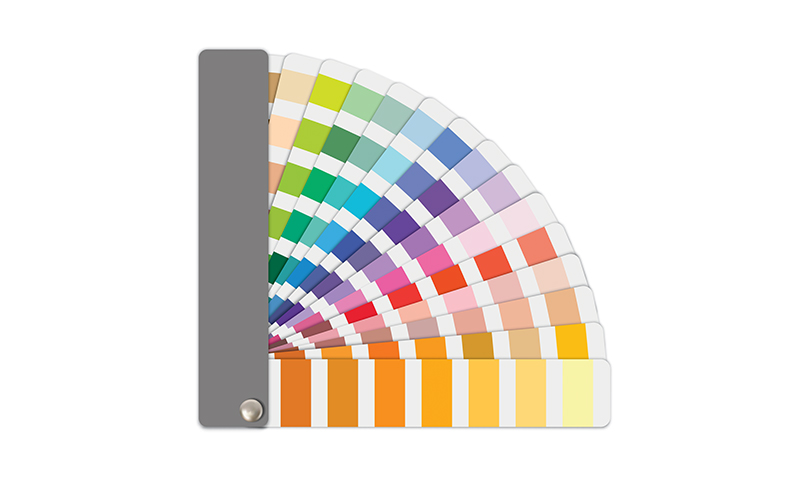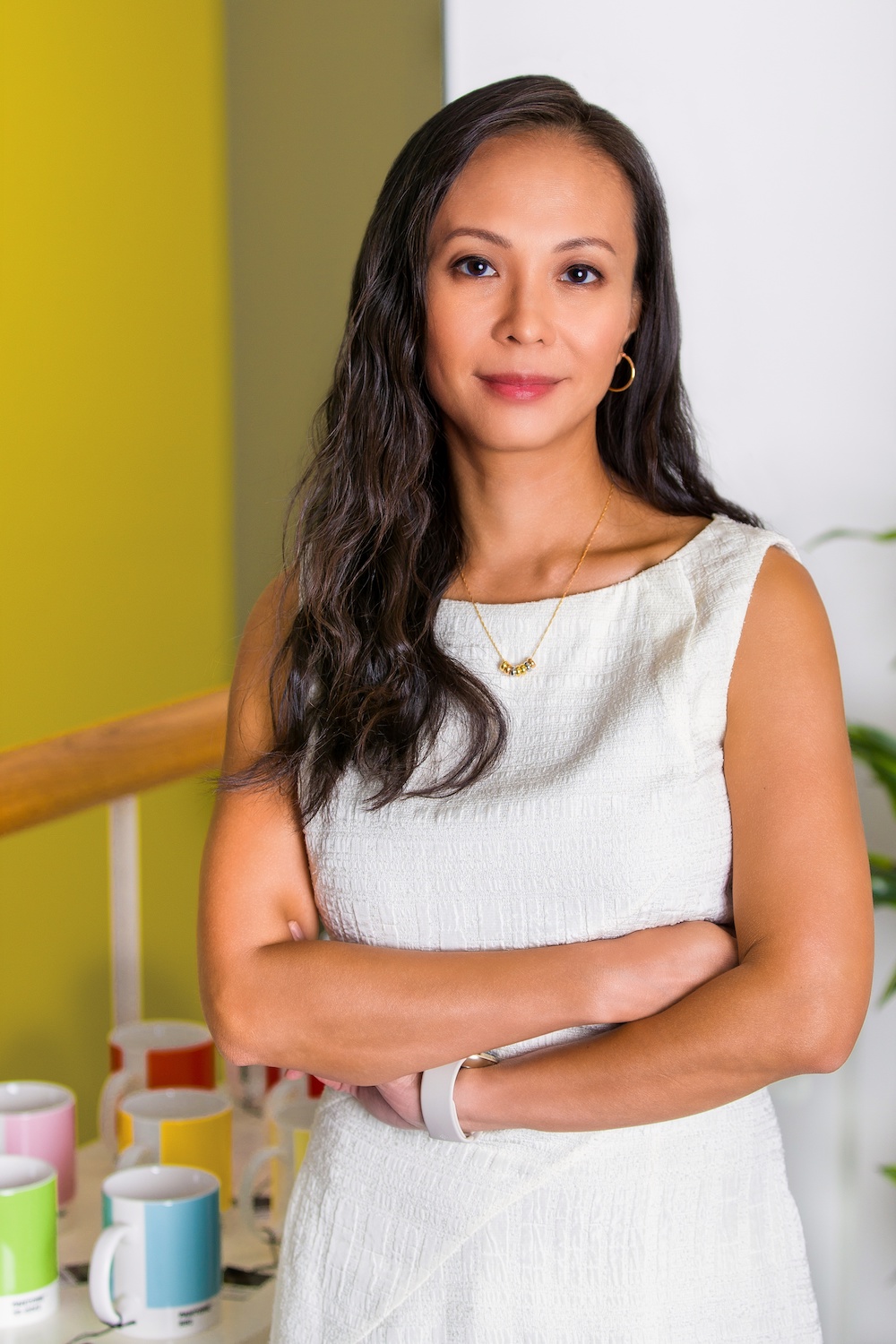Pantone Connect Brings 15,000 Colors To Designers' Fingertips

PeamDesign / Shutterstock.com
One of the most important facets of marketing is color; more specifically, the consistent use of color to tell stories, evoke emotions and allow consumers to connect with brands. PPAI Affinity Partner Pantone is making the translation of color easier and faster for designers as they migrate to digital, with its first-ever digital color-matching platform Pantone Connect.
Using the tool, creatives can access the Pantone Color Library of more than 15,000 colors all in one place, search for colors without reference numbers and send specific colors to design partners with the tap of a button.
Launched last April, the platform’s latest update grants users access to color trend reports, commentary from experts and inspirational images.
“It’s really establishing a connection platform to allow for color communication and inspiration,” says Elley Cheng, Pantone’s vice president and general manager. “It’s not all just about physical, but it’s about connecting physical with the digital design.”
Pantone Connect allows designers to search for specific colors and be inspired by others, and combine them in a virtual palette to share with design partners without having to open a Pantone book.
“You can just click and then send that exact color to your friend or a colleague who’s doing design work with you, or downstream in your workflow, to say, ‘This is the color I really, really need,’” Cheng says. “It makes it easier, instead of saying, ‘Do you have your book in front of you?’ ‘Do you have the latest version’ and ‘What is the page number?’”

Using Pantone Connect, promotional products distributors working with clients who are unsure about the colors they’d like to use in a campaign, but know they want to use “light blue,” can access every light blue shade in the Pantone Library along with information on each of them. This feature will become more intelligent, as Cheng says that Pantone’s vision is to build out Pantone Connect as something of a roadmap, offering information on color psychology and the meaning behind each unique color, to support richly-informed designs and inspire mood boards. Coupled with access to the Pantone Library, designers can use color-capturing tools to extract precise colors from a photo or graphic and find its Pantone equivalent.
Looking into the future and with technology headed toward the metaverse, Cheng says that Pantone’s long-term vision is to offer ways to “bridge the digital and the physical worlds” and create a uniformed experience for end users, no matter where they meet brands.
“Right now with some of the biggest trends about the metaverse, when you strip away all the buzzwords and everything, it’s really about providing a consistent experience to consumers when a brand interacts with them,” she says. “It’s about this consistent look and feel. There shouldn’t be this big distraction when you go from one platform to another. Everything should look the same, in person or virtually or in an app. It shouldn’t be changing all the time, so you can feel connected to that brand when you use that color.”
A new feature that launched on Pantone Connect on March 22 provides free access to color trend articles and trending color palettes, such as those pulled from fashion weeks around the world. “You’ll be able to see what some of the latest thinking is on trends, some imagery and commentary in terms of the psychology behind it,” Cheng says. As part of this offering, users can take the color palettes suggested in the articles to integrate into their own design work.
As Pantone moves forward, it’s focusing on sustainability and equal representation, two of the most-important values expressed by the Pantone team during internal meetings, Cheng says. To accurately represent the different skin tones, Pantone is working to integrate its Pantone Validates and Pantone SkinTone Guide onto the platform. And by continuing to make its physical products available online, the company is dedicated to providing designers with more sustainable solutions.
“We’re going to roll out more products that support digital design which then help designers think more holistically,” Cheng says.
Danielle Renda is an associate editor at PPAI.

